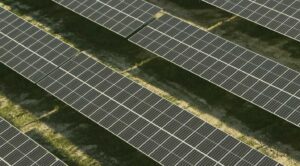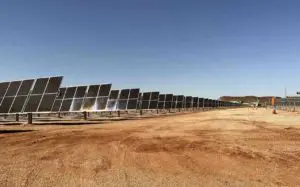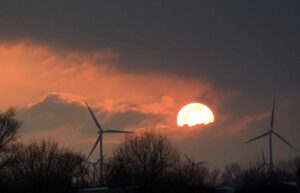One of my colleagues is Thomas Gerke, a graphics expert. Sometimes, you don’t really understand an issue – or see what the main messages – until you have visualised it. When we brainstorm about topics, I mainly toss out text, while he tosses out chart mockups.
We started working more closely together when he produced a chart idea comparing the “strike price” for a proposed new nuclear plant in the UK to current and future feed-in tariffs for wind and solar power in Germany. The chart shows that the nuclear is already more expensive than solar and wind, which are also getting less expensive as the price of nuclear rises. The chart was very popular, so it was redone for this project as well.
Another major issue is the fate of dispatchable capacity in Germany. The next chart was redone based on one by Berlin’s think tank Agora Energiewende, though we later discovered that Agora had itself remade a chart from German utilities organization BDEW (German Association of Energy and Water Industries). It shows the concern that a growing number of experts have in Germany – that the massive closures of conventional capacity will lead to a shortfall by the end of the nuclear phaseout in eight years.
Energy poverty is also an issue of growing concern in Germany, and the issue is one that has drawn negative headlines in the Anglo world – which probably has much worse poverty problems of its own, though hard, comparable data are hard to come by.
The following chart based on a design by the German Agency for Renewable Energy using official German statistics does not compare Germany to other countries, but it does show how little the average household in Germany spends on electricity – and green power in particular. Unfortunately, the official data output consumption of fossil fuels for heat and transportation under the big categories of “housing” and “travel,” but we do know that the rising price of oil and gas has impacted families more than the rising price of power.
 Granted, the chart depicts the situation for an abstract average, and those people are by definition better off than the poor. But Germany has social policy and ispaying attention to the plight of those struggling to keep up, including by implementing a minimum wage this year.
Granted, the chart depicts the situation for an abstract average, and those people are by definition better off than the poor. But Germany has social policy and ispaying attention to the plight of those struggling to keep up, including by implementing a minimum wage this year.
Finally, not enough attention is paid to the rise in German power exports. The Netherlands is closing capacity and seems to be pursuing a strategy of importing cheaper electricity from Germany. The second biggest net importer of German power is France, whose nuclear plants are simply not able to ramp up to meet rising demand. But while the Dutch are intentionally pursuing an import strategy based on cost, the French have no strategy – they have a predicament. They export power when prices are low and import when prices are high. They desperately need to build new plants, but the reliance on nuclear is blocking the growth of renewables, with fossil options being taboo.
This year, it seems that exports will be slightly down, though it depends on the weather. Ironically, German power exports rise dramatically because the French have so many electric heaters. And when exports rise, so does demand for coal power.
Source: Energy Transition. Reproduced with permission.











